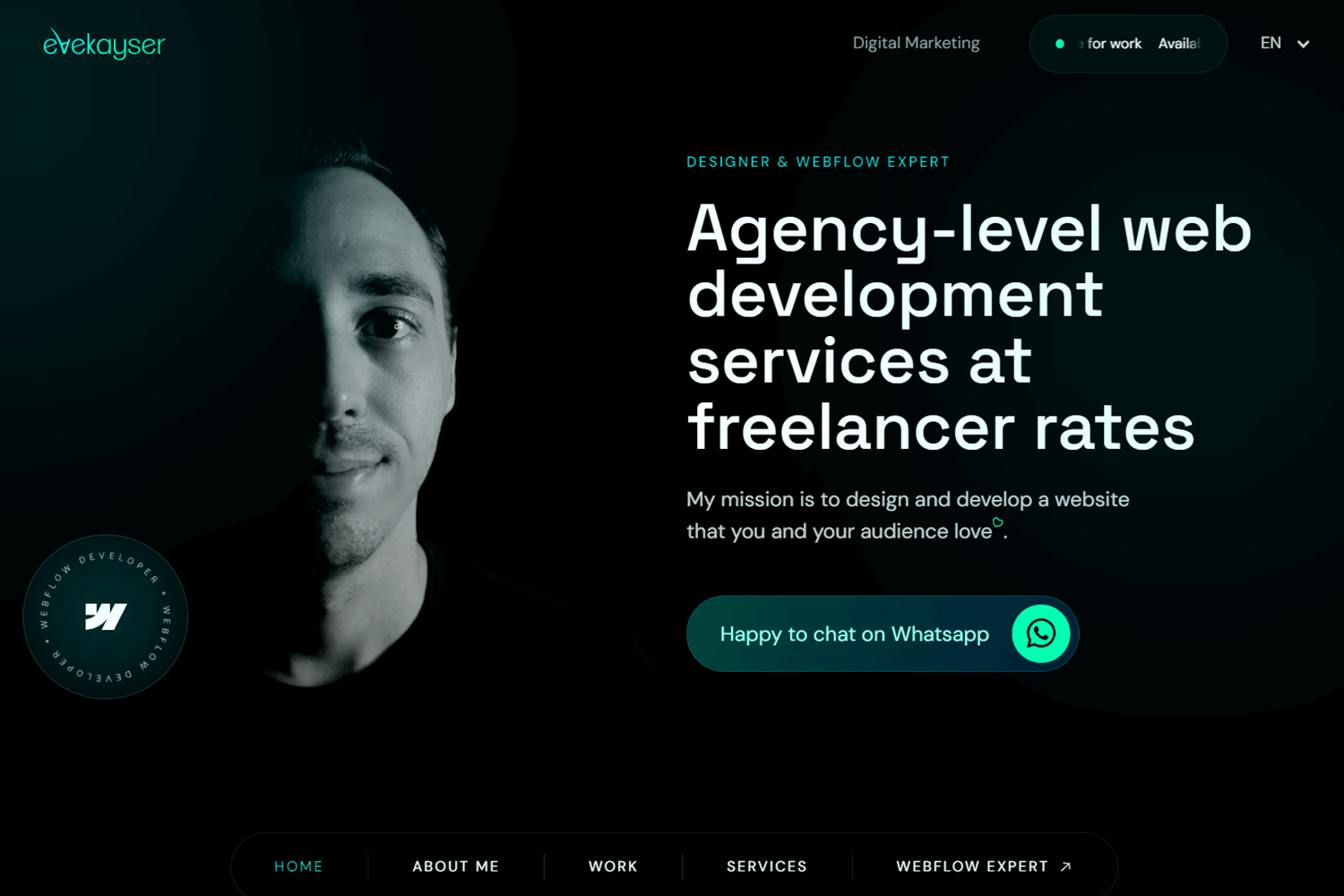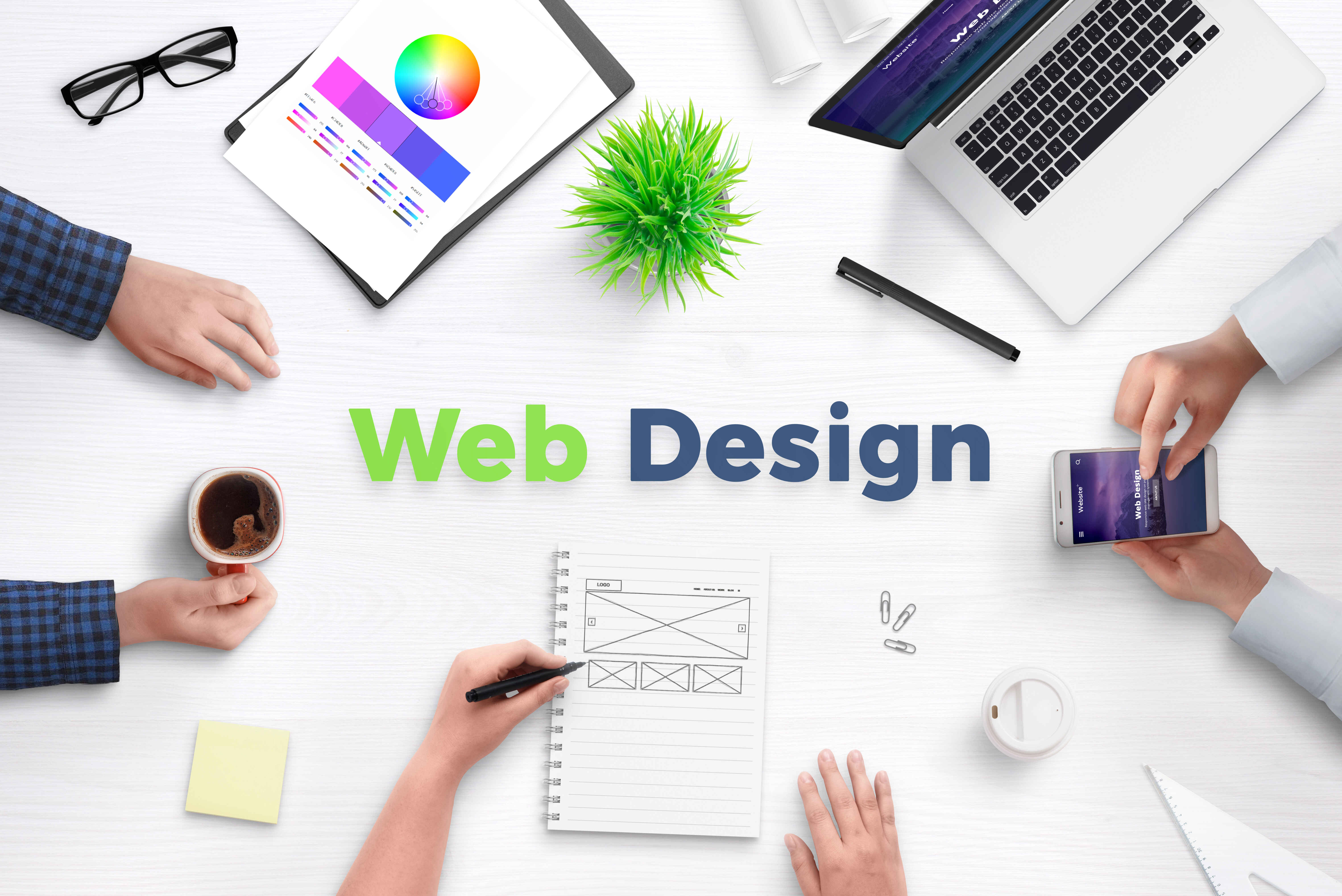Custom Web Design Klerksdorp: Creating Websites That Convert Visitors Into Clients
Custom Web Design Klerksdorp: Creating Websites That Convert Visitors Into Clients
Blog Article
Understanding Website Design: Secret Concepts for a User-Friendly Website
In the world of web style, the focus on user experience has actually become extremely important, shaping how internet sites are constructed and perceived. Secret principles such as user-friendly navigating, receptive layout, and consistent visual elements play a crucial duty in ensuring that a site is not only aesthetically pleasing however additionally practical. Attention to accessibility can considerably enhance user engagement and satisfaction. As we discover these fundamental components, it comes to be noticeable that the choices made throughout the style process can have long-term effects on a website's efficiency and individual loyalty. What strategies could be most impactful?

Importance of Customer Experience
In the world of web layout, the value of user experience (UX) can not be overemphasized. UX includes the overall contentment an individual obtains from engaging with a website, dramatically influencing their assumption of a brand and their chance of returning. web design klerksdorp. A well-designed UX assists in seamless navigating, fosters individual involvement, and eventually drives conversions
Recognizing individuals' demands and behaviors is paramount in producing an effective UX. This includes leveraging research study methods such as user personas, journey mapping, and functionality testing to obtain insights right into customer preferences. By tailoring design aspects to fulfill these needs, designers can improve use and create a much more user-friendly communication.
Furthermore, a favorable UX adds to the website's credibility and credibility. Customers are most likely to involve with a website that is cosmetically pleasing and easy to navigate, which consequently improves brand name commitment. Conversely, a poor UX can result in high bounce prices and an adverse assumption of the brand name.
Intuitive Navigation Style
An efficient navigation layout is crucial for guiding users with a web site, guaranteeing they can discover the info they require promptly and successfully. Instinctive navigating enhances individual experience by allowing seamless communication with content, resulting in enhanced interaction and fulfillment.
To accomplish user-friendly navigation, it is important to establish a clear pecking order. This involves organizing web content right into rational classifications and subcategories, allowing users to comprehend the structure at a glance. Detailed tags for menu items are essential; they need to be straightforward and rep of the material they bring about, lessening obscurity.
Uniformity is another essential concept. Individuals must experience familiar navigating aspects throughout the website, such as the placement of buttons and food selections. This consistency helps enhance customer assumptions and decreases cognitive lots.
In addition, integrating search capability can dramatically improve navigation, particularly for content-heavy internet sites. This feature encourages users to situate specific info quickly without needing to navigate via multiple web pages.
Lastly, functionality testing can offer important understandings into exactly how actual users connect with navigation elements, using opportunities for enhancement. Altogether, a well-designed navigating system is fundamental to a straightforward website, advertising performance and enhancing general user fulfillment.
Receptive Website Design
Responsive website design is significantly vital in today's electronic landscape, as it ensures that sites provide ideal watching experiences throughout a variety of gadgets, from computer to smart devices. This approach enables a single site to adjust its format and web content to fit various screen sizes and resolutions, improving functionality and accessibility.
At the core of responsive design is fluid grid layouts, which use family member devices like percentages as opposed to repaired pixels. This flexibility allows aspects to resize proportionally, preserving visual consistency and functionality. Additionally, media queries play an essential role by applying specific CSS styles based upon device qualities, such as screen width or orientation.
Including responsive media and flexible photos is additionally critical; these components must scale properly to avoid distortion and make sure a smooth experience across devices. Furthermore, touch-friendly layout factors to consider are critical, particularly for mobile customers, as they frequently navigate via touch motions rather than clicks.
Regular Visual Components
Constant aesthetic elements are critical for developing a cohesive brand identity and enhancing user experience across electronic systems. These elements include color schemes, imagery, format, and typography styles, which jointly create an unified visual that users can conveniently acknowledge and connect to. Get More Info A well-defined color scheme not only enhances brand acknowledgment but likewise stimulates particular feelings, guiding individuals via the site properly.
Typography plays a considerable duty in readability and overall visual charm. Utilizing a minimal variety of typefaces and maintaining constant sizes and weights makes sure an unified circulation of information. Imagery must also align with brand values and messaging; high-quality pictures that fit the overall design will improve the site's good looks and professionalism and reliability.
Customers must feel comfortable and oriented as they discover various areas of the internet site. Eventually, a well-designed internet site, defined by cohesive aesthetic components, mirrors professionalism and trust and builds trust fund with individuals, creating a favorable first perception and motivating return brows through.
Accessibility Factors To Consider
Ensuring access in website design is a fundamental facet that matches consistent aesthetic elements, enabling all customers, despite their capacities, to connect and navigate with electronic content successfully. Ease of access factors to consider are vital for creating comprehensive web sites that satisfy the varied needs of individuals, consisting of those with disabilities.
To start with, using semantic HTML is vital, as it aids screen readers translate the framework and web content of a page precisely. Alt message for photos enhances comprehension for visually impaired individuals, while captioning video clip Our site web content ensures that those with hearing disabilities can engage with the product.
Furthermore, shade comparison need to be carefully assessed to help customers with aesthetic problems. Making certain that text is clear against its background improves readability. Furthermore, keyboard navigability is crucial; all interactive aspects must be easily accessible without a computer mouse, dealing with individuals with wheelchair challenges.
Conclusion
In final thought, understanding website design requires a detailed understanding of individual experience principles. Intuitive navigation, receptive design, constant visual elements, and accessibility are important components that add to a straightforward internet site. Prioritizing these elements not only enhances customer involvement and satisfaction yet additionally promotes brand commitment. By executing these essential principles, internet designers can create comprehensive and efficient digital spaces that provide to the varied demands of customers, eventually resulting in greater success in the on the internet setting.

In final thought, understanding web style requires a thorough understanding of user experience principles.
Report this page